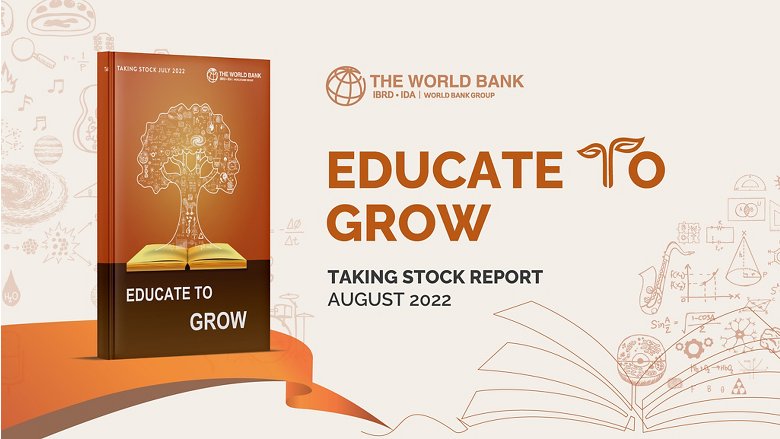DOWNLOAD THE REPORT
English | Vietnamese
Part I. Recent Economic Developments and Prospects
Vietnam's economy rebounded in the first half of 2022. The economy bounced back after the Q3-2021 COVID related lockdowns, growing by 5.2 percent in Q4-2021 and by 6.4 percent in the first semester of 2022. The rebound was driven by a robust growth in manufacturing exports to Vietnam’s main export markets (US, EU, and China). A strong recovery of domestic demand, especially for services, also contributed to the rebound. The reopening of the country in March 2022 is bringing with it the revival of the tourism sector.
Looking ahead, GDP is projected to grow 7.5 percent in 2022 and 6.7 percent in 2023. The services sector will continue a robust recovery as consumers satisfy pent-up demand and arrival of foreign tourists ramps up in the fall 2022/winter 2023 tourist season. Manufacturing exports growth is expected to remain robust but moderate somewhat as the United States, the European Union, and China experience a growth slowdown. Inflation is expected to remain at about 4 percent in 2022 and 2023.
However, Vietnam's economic prospects face heightened risks. Domestically, downside challenges include continued business weaknesses in specific subsectors and labor shortages. A pickup in inflation may affect the private consumption rebound seen in the first semester of 2022. Externally, a slowdown more severe than expected among Vietnam's main trade partners is a key risk. Continued health related lockdowns in China could lengthen disruptions to value chains and affect Vietnam’s manufacturing exports. heightened geopolitical tensions have raised uncertainty and may induce shifts in trading and investment patterns that could affect Vietnam’s highly open economy.
Part II. Educate to grow
A stronger tertiary education system will be key to boost Vietnam’s productivity and thus help achieve its goals of becoming an upper middle-income country by 2035 and high-income country by 2045.
Currently, Vietnam’s tertiary education system is underperforming. Access to tertiary education (higher education and technical and vocational training) for Vietnamese students, as measured by the gross enrolment rate, is below 30 percent, one of the lowest among the East Asian countries and well below aspirational comparators such as South Korea (over 98 percent), China (over 53 percent) and Malaysia (43 percent). Its tertiary education output, as measured by the gross graduation ratio, is only 19 percent.
There are several factors behind the modest performance of Vietnam’s higher education system. Demand-side factors are high opportunity costs and increasing financial costs of pursuing higher education coupled with decreasing economic returns. Supply-side factors relate to mismatches between skills and jobs, underinvestment by the State, and a weak and fragmented institutional structure governing higher education.
This report identifies four priority areas where authorities need to act to achieve needed higher education outcomes, and ensure the subsector contributes to the country’s future growth trajectory.
- Increasing access and equity
- Improve quality and relevance
- Finance the sector better
- Govern the sector better



